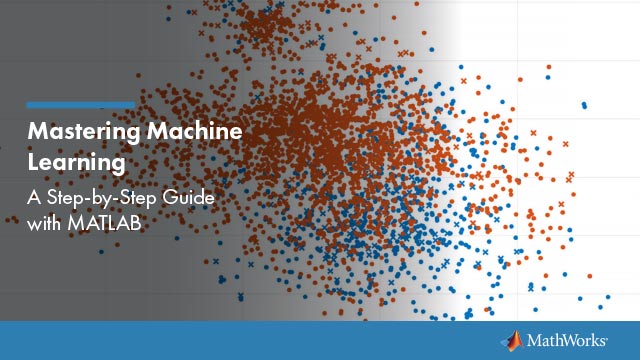vartest
Chi-square variance test
Syntax
Description
h= vartest(x,v)xcomes from a normal distribution with variancev, using thechi-square variance test. The alternative hypothesis is thatxcomes from a normal distribution with a different variance. The resulth是1if the test rejects the null hypothesis at the 5% significance level, and0otherwise.
h= vartest(x,v,Name,Value)
Examples
Input Arguments
Output Arguments
More About
Tips
Use
sampsizepwrto calculate:The sample size that corresponds to specified power and parameter values;
The power achieved for a particular sample size, given the true parameter value;
The parameter value detectable with the specified sample size and power.

